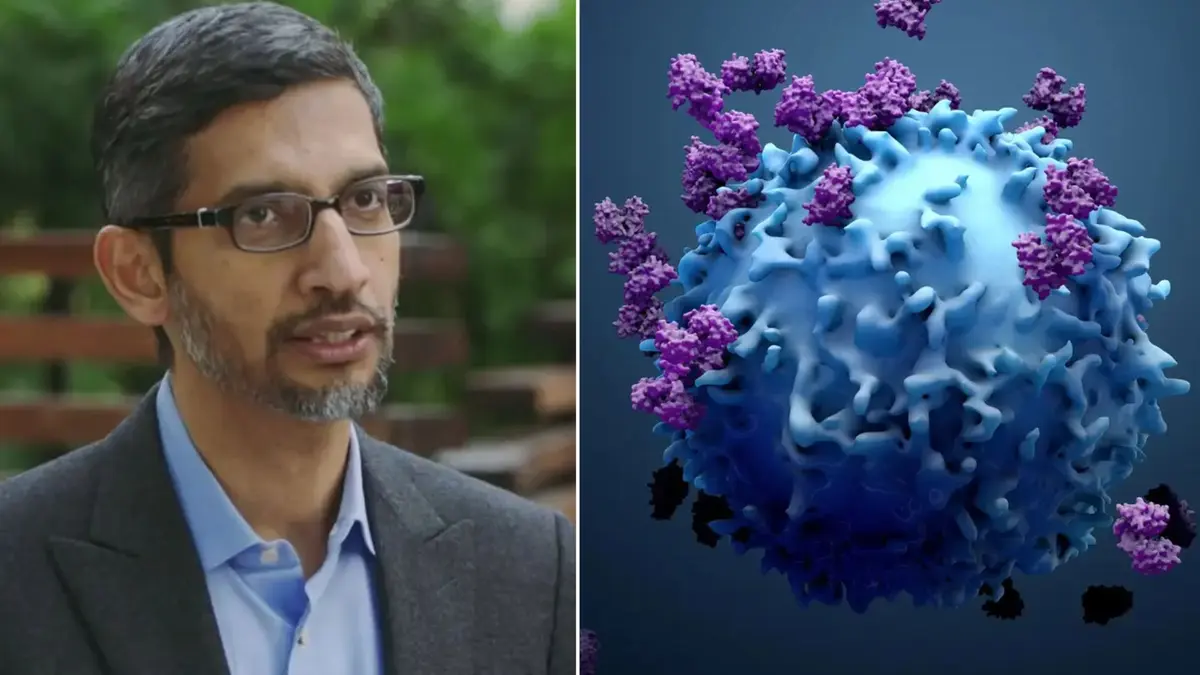OpenAI is reportedly developing two groundbreaking AI models, “Strawberry” and “Orion,” which could significantly elevate the field of artificial intelligence. While Strawberry is designed to excel in complex math and programming, Orion is expected to surpass GPT-4’s capabilities, with Strawberry playing a crucial role in its development.
Strawberry AI: A Leap in Problem Solving
According to The Information, Strawberry is engineered to tackle sophisticated mathematical challenges and optimize programming tasks. With enhanced logic and reasoning abilities, Strawberry aims to solve complex, previously unseen problems more efficiently. Notably, in internal demonstrations, Strawberry has successfully completed puzzles such as the New York Times’ “Connections,” showcasing its potential in real-world applications.
The model’s capabilities extend beyond just problem-solving. Strawberry is also being considered for autonomous AI systems that can not only generate content but also take actionable steps, potentially revolutionizing how AI interacts with and navigates the internet. OpenAI is reportedly planning to release a chatbot version of Strawberry, possibly as part of ChatGPT, by fall 2024.
Orion: The Next-Gen Language Model
Alongside Strawberry, OpenAI is also focused on developing “Orion,” a flagship language model designed to surpass GPT-4. Orion is expected to benefit from the data generated by Strawberry, which could provide high-quality synthetic data, crucial for reducing errors and enhancing performance. This strategic combination is part of OpenAI’s broader effort to create more efficient and capable AI systems.
Orion’s development is particularly significant given the competitive landscape. Google DeepMind, for instance, is also advancing AI models with strong mathematical capabilities, such as AlphaProof and AlphaGeometry 2. However, the scalability and generalization of these models remain uncertain.
A Look Ahead
While OpenAI has already tested Strawberry internally—achieving over 90 percent on the MATH benchmark—the timing of its public release remains uncertain. If launched, Strawberry could represent a distilled version of its original model, delivering similar performance with reduced computational demands. This approach, similar to the “Self-Taught Reasoner” (STaR) method developed by Stanford researchers, highlights OpenAI’s commitment to improving AI’s reasoning capabilities.
The development of Strawberry and Orion signals a significant shift in AI’s problem-solving and language processing abilities. As OpenAI continues to push the boundaries of what AI can achieve, the integration of these models could pave the way for more advanced and autonomous AI systems, capable of performing complex tasks with unprecedented accuracy and efficiency.









